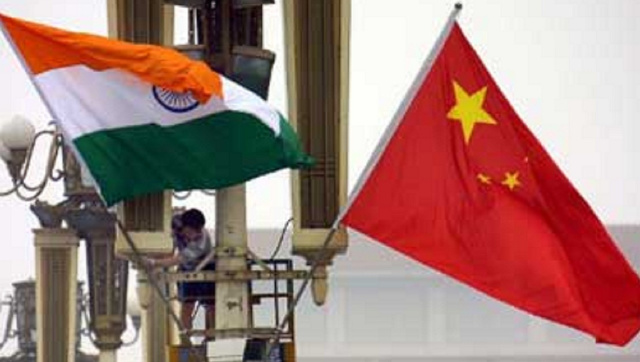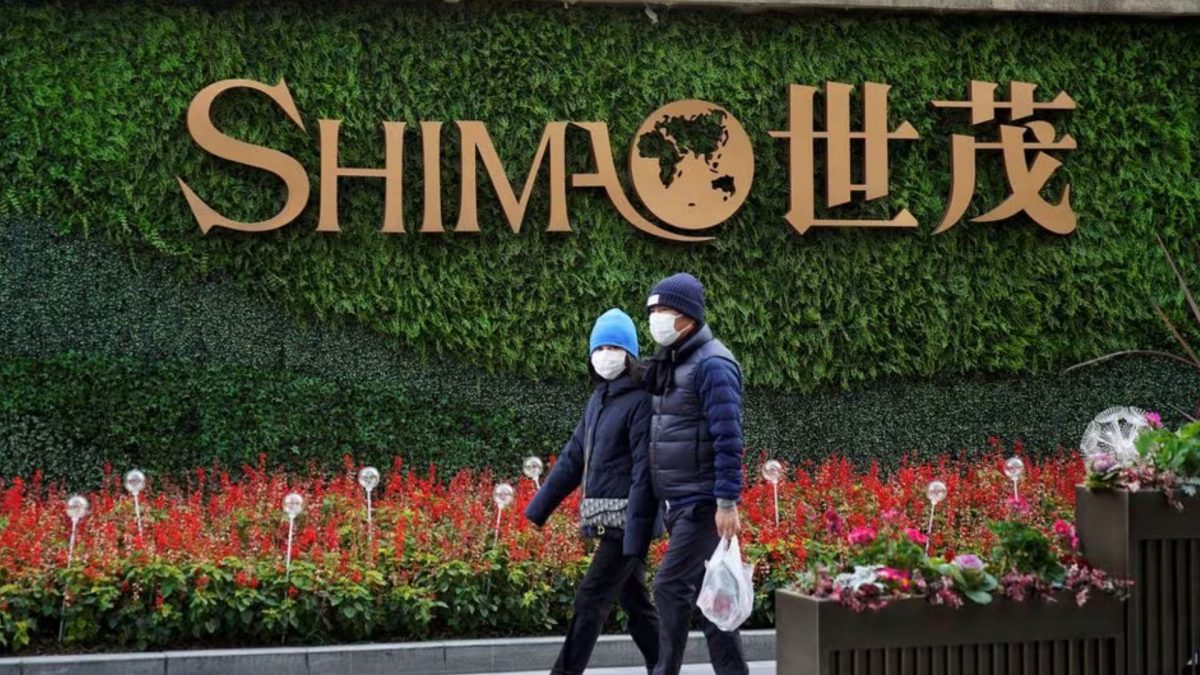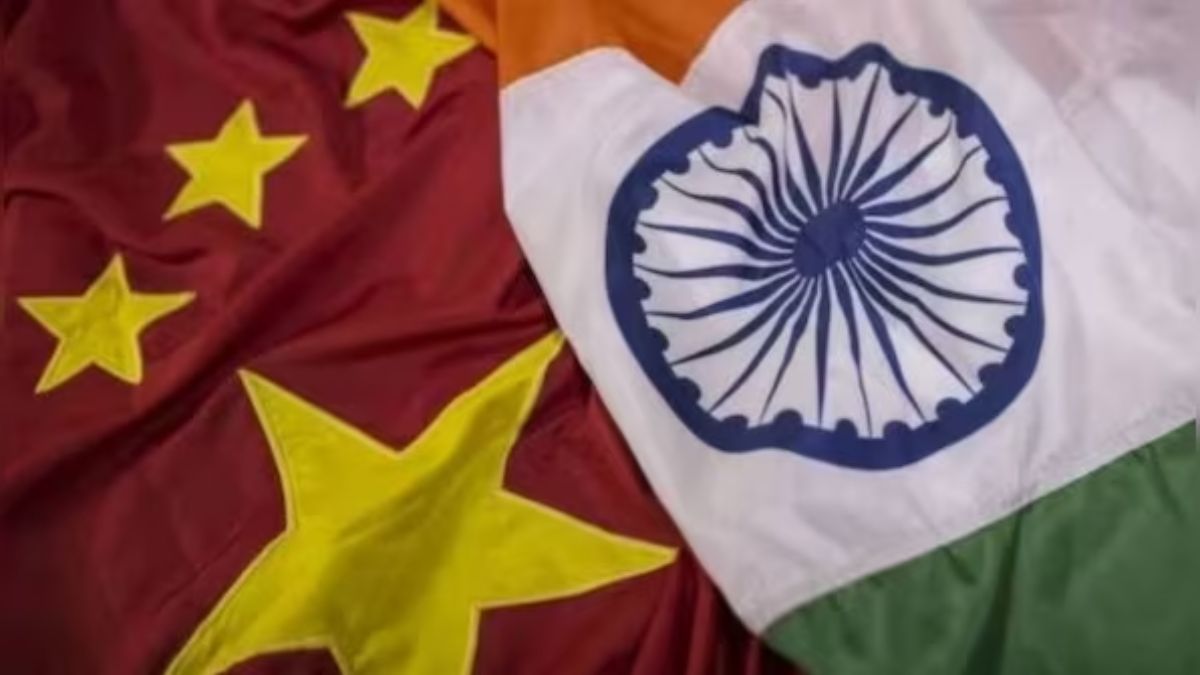Measuring up to the China challenge is likely to keep Indian policymakers engaged for the foreseeable future but some signs are emerging of late of an interesting approach. The coordinated steps, though seemingly unrelated, are free of exaggerated respect towards China’s delicate sensibilities.
Perhaps the Galwan tragedy has created space for a perceptible shift in India’s behaviour as we see hints of greater flexibility and an appetite for calculated risk-taking.
The Taiwan signal
On 3 April, the ministry of external affairs offered India’s condolences to Taiwan over a devastating railway accident — Taiwan’s worst in 70 years — that killed 51 people. The MEA tweeted : “We are deeply saddened by the loss of so many lives in the railway accident in Taiwan. Our deepest condolences to the families. And our prayers for the early recovery of the injured.”
Taiwan’s foreign ministry thanked India “for the expression of sentiment & support” and said this “genuinely friendly gesture will touch the people, & bring Taiwan & India closer in a real & lasting manner.”
Couple of days later, on 5 April a day after 22 Indian security personnel lost their lives in a Maoist ambush in Chhattisgarh, Taiwan’s foreign ministry offered “deepest condolences on the loss of life & injuries in the Chhattisgarh ambush. Thoughts & prayers to the families of the victims, & heartfelt wishes for a speedy recovery to the wounded. Taiwan stands with India & supports its national integrity.”
Now, this exchange of condolences between states over human tragedies may appear unexceptional, but not when it comes to India and Taiwan. The two countries share no diplomatic ties and regardless of a gradual warming of relationship such interactions, even within the realm of goodwill, are rare.
For instance, last September, Taiwan president Tsai Ing-wen wished Narendra Modi on his 70th birthday on Twitter, but the Indian prime minister, usually prompt in replying to such gestures from heads of state, offered no response.
India’s message and its timing, coming as it did within days of a sitting US ambassador landing in Taiwan and breaking a 42-year taboo , raised speculation whether India was prepared to test the limits of ‘One-China’ policy , especially as Beijing has never paid any heed to ‘One-India’ policy despite New Delhi’s expectations of reciprocity. The subtext of geopolitical signaling amid commiserations over tragic events is evident.
The messaging, if any, was amplified by the media. In an editorial, The Times of India newspaper wrote : “Beijing clearly doesn’t respect ‘One India’. There is no reason then for India to be overly sensitive about China’s territorial claims. Add to this the China-Pakistan axis that aims to strategically hem in India. If Beijing insists on treating Islamabad as its ‘iron brother’, it may be time for New Delhi and Taipei to elevate their relationship and forge their own fraternity as well.”
Then on Wednesday, Taiwan’s foreign minister Joseph Wu said China was putting pressure on Paraguay (one of the only 15 allies with whom Taipei enjoys formal diplomatic ties) to sever ties with Taiwan in exchange for COVID-19 vaccines, and India had stepped in to help.
“In the last few weeks, we have been speaking to like-minded countries, including Japan, the United States, India etcetera, and India fortunately has been able to provide some COVAXIN vaccines to Paraguay,” said Wu, according to a Reuters report . The Taiwan foreign minister added that India has already shipped 100,000 doses to Paraguay and there will be another 100,000.
India sent 100,000 doses of Covaxin, an indigenous vaccine developed by Bharat Biotech, to Paraguay on 26 March on a grant basis but it has not flagged the chain of events. New Delhi doesn’t need to. The very fact that India came to Paraguay’s aid to alleviate a public health crisis at a time when Asuncion was facing blackmailing from China, sends an important signal.
As Wu said, “The most important trend is the Indian government who is willing to help, and the United States who has decided they want to help, and I think this is going to relieve a lot of pressure for a lot of countries.”
China considers Taiwan, a vibrant democracy of 23 million people and a technological superpower, as its breakaway province and calls unification a “historic inevitability” . The issue is described by the ruling Chinese Communist Party as its ‘core interest’ — which means that China’s position on Taiwan is non-negotiable and absolute, and Beijing is prepared to use force to consolidate its claim.
Beijing repeatedly warns of a military flashpoint over Taiwan in a direct challenge to the US. In a policy continuation, the new administration in Washington has vowed greater engagement with Taiwan and has pledged to uphold its commitment to ensure that self-ruled Taiwan is able to defend itself from Chinese aggression.
That aggression is growing every day. The rise in China’s composite national power has seen a concomitant rise in both intensity of its rhetoric and domination of Taiwan’s maritime and air space. Recent reports indicate China is carrying out simultaneous military exercises to the west and east of Taiwan and in air and on sea with a view to dominate and intimidate.
While Chinese aircraft carrier Liaoning and its escort vessels carried out “routine” drills, at least 10 Chinese warplanes, including four J-16 and four J-10 fighter jets, a Y-8 anti-submarine warfare aircraft and a KJ-500 early warning aircraft, entered Taiwan’s self-declared air defense identification zone (ADIZ).
What’s more, China has declared that these drills will become “regular”.
The inference is clear, and US military officers are warning that China is probably accelerating its timetable for capturing control of Taiwan and may even do so within the next six years, raising the possibility of a catastrophic military conflict with the US.
Amid these tensions, India’s exchange of messages with Taiwan and curiously, even the articles in Indian media, has triggered an acerbic response from China that has shown repeated inability to understand the concept of media freedom. In a statement, the Chinese embassy claimed the editorial (ostensibly referring to TOI) has “seriously violated One-China principle and provoked China’s bottom line disregarding long-standing position of the Indian government” and asked the “relevant media” to “avoid sending wrong messages to the public”.
Past experiences suggest China’s ham-handed efforts will achieve the directly opposite result and may encourage further spreading of the “wrong messages”. Chinese State-controlled media went a step ahead and suggested that India’s “head has become swollen with ego” and Indian media wouldn’t have become so “arrogant” had it not been for tacit support from the government.
Notwithstanding the fire and brimstone response from Beijing, New Delhi should gradually aspire for a more normalised, cooperative and rational relationship with Taiwan within the larger context of Sino-Indian ties. There are many areas of potential cooperation, such as technology, trade, tourism, education, academic and even non-economic exchanges and development assistance through a greater synergy of India’s Act East and Taiwan’s New Southbound Policy.
Exaggerated obeisance towards China’s “sensibilities”, more so when Beijing is unwilling to reciprocate, may encourage Beijing to increase its span of “core interests”.
As Joe Thomas Karackattu, assistant professor at IIT, Madras, writes in his paper for Carnegie India , both countries should exploit “underutilised opportunities to enhance the bilateral relationship” in the “realms of trade, commerce, technology, education, and culture. For both sides, bilateral economic ties have to be the bedrock of the relationship, which should eventually serve as an engine for manufacturing and innovation so as to spur widespread job and growth opportunities.”
The French connection
The second significant development pertains to France, and India’s decision to join the Le Perouse exercise — a three-day, major naval drill on the Bay of Bengal from April 5 to 7 April.
Led by France, Le Perouse started in 2019 and involved navies from the US, Japan and Australia. Indian warships participated for the first time in this exercise. The Indian Navy deployed advanced stealth frigate INS Satpura and anti-submarine warfare corvette INS Kiltan, along with P-8I long range maritime patrol aircraft, France has pressed its amphibious assault warship Tonnerre and frigate Surcouf into service, the US has brought its amphibious transport dock ship Somerset, Australian Navy has deployed frigate Anzac and tanker Sirius, while Japan has deployed its destroyer Akebono.
According to Commander Vivek Madhwal, spokesperson, Indian Navy , “The exercise will witness complex and advanced naval operations, including surface warfare, anti-air warfare and air defence operations as well as weapon firings, cross-deck flying, tactical manoeuvres and seamanship evolutions such as replenishment at sea.”
India’s decision to join the complex, multilateral maritime exercise this year brings a whole lot of signaling to the table.
First, the timing. China has been mounting threats of coercion through its aggressive posturing in the Indian Ocean Region. In the last fortnight, China has sent aircraft carrier and escort ships, including a destroyer, through the Miyako Strait near Okinawa to keep Japan under pressure.
Beijing passed a new law in January allowing its coastguard to fire on foreign ships and frequently sends its vessels into Japan’s territorial waters off the Senkaku Islands in the East China Sea. The latest incursion occurred last Friday — the 12th instance so far in 2021.
China is swarming the disputed artificial islands and reefs on South China Sea with ‘fishing vessels’ that are maritime militia in disguise. Since March, more than 200 such vessels have been anchoring at the disputed Whitsun Reef—without doing any fishing—within the Philippines’ Exclusive Economic Zone in the South China Sea, according to reports drawing angry response from Philippines that China is planning to occupy new features in the South China Sea.
Chinese survey ships are frequently caught on satellite imagery running covert operations in the eastern Indian Ocean, close to the Andaman and Nicobar Islands without broadcasting their position.
Amid such sustained muscle-flexing from China in the Indian Ocean Region (IOR), the decision of democratic powers to carry out major drills signify a willingness to promote maritime cooperation, maintain stability and rules-based order and thwart China’s coercive behaviour and illegal territorial claims in the Indo-Pacific maritime geography.
Second, the sequence of events leading to India’s joining of the Le Perouse exercise, that kicked off on Monday. India’s decision is preceded by the first-ever Quad leaders’ summit where US president Joe Biden met Modi, Australian prime minister Scott Morrison and Japanese prime minister Yoshihide Suga on 12 March.
Following the meeting, US defence secretary Lloyd Austin arrived in India in the final leg of his Asian swing where he visited treaty allies Japan and South Korea.
Last year, all Quad nations took part in the high-profile Malabar naval exercise, and immediately prior to Le Perouse, all five participants were engaged in at least one bilateral exercise with each other. India and the US, for instance, were involved in a two-day drill with India’s warship, fighters, helicopters and maritime patrol aircraft joining with nuclear-powered USS Theodore Roosevelt.
The five-nation, complex, maritime manouver involving highly capable naval forces reflects the logical progression of greater maritime cooperation between democratic nations that may pose the biggest challenge to China’s hegemonic designs. It also provides a glimpse into the future of geopolitical dynamics in this region. Alongside, India’s joining makes Le Perouse a ‘Quad-Plus’ formulation.
Third, the Quad-plus formulation — a flexible grouping of like-minded nations — opens up possibilities for regional powers to be a part of the maritime architecture. Many of these nations who have a running dispute with China, may be encouraged to join a Quad-plus grouping. The other possibility that arises is that Quad or Quad-plus formulations hog the limelight, allowing ASEAN nations such as Malaysia, Philippines or Vietnam to engage in bilateral or even minilateral exercises with the Quad powers while staying under the radar.
Fourth, the elaborate naval manouvers such as search and rescue operations, formation sailing, live-fire drills, damage control and personnel transfers make for greater interoperability among the five nations.
As strategic analyst Milind Kulshreshtha writes in Financial Express , “with the Indo-US LEMOA (Logistics Exchange Memorandum of Agreement) in place, the US warships can get berths for refueling and repairs within the Indian ports. Interoperability amongst the Quad Task Force too shall be possible when COMCASA (Communications Compatibility and Security Agreement) and BECA (Basic Exchange and Cooperation Agreement) are implemented in total.”
Going ahead, India’s is likely to gain in confidence as the net security provider of the region drawing from its experience of operating in different maritime spaces and with multiple partners, as Rajeswari Pillai Rajagopalan points out in The Diplomat.
Fifth, with India’s joining of Le Perouse, a major European naval power and a bona fide stakeholder in the Indo-Pacific has been drawn into the flexible framework of Quad, shaping the regional dynamics. Post Le Perouse, India and France will engage in bilateral naval exercise Varuna where UAE will also take part this year.
The growing strategic cooperation between France and India is significant and pregnant with possibilities. France is a resident power in Indo-Pacific. Through its administration of overseas territories in the Indo-Pacific including New Caledonia, French Polynesia, Wallis and Futuna, and Clipperton Island—as well as Reunion Island, Mayotte, and the French Southern and Antarctic Lands, France has significant interests in this maritime g eography and this region — as Frederic Grare, nonresident senior fellow in Carnegie’s South Asia Program , points out — lies “in the center of the country’s national strategic thinking and give France a prominent voice in the great debate over the region. Because the Indo-Pacific is now a potential confrontation zone, France’s substantial capacity to influence the strategic, political, and economic evolution of the region makes its presence there desirable in the eyes of many partner states.”
Through greater strategic cooperation with a major European power that accepts and has legitimate interests in preserving the law of the sea, freedom of navigation and rules-based order in the Indo-Pacific, India is showing a greater willingness in shaping the power architecture.
China has called Le Perouse a “publicity stunt” and has predicted that defense cooperation between European countries and India will never take off, betraying an insecurity over the developments similar to the misgiving it has over Quad.
This indicates that Beijing is nervous about ASEAN nations, with whom it has maritime disputes joining the Quad-plus architecture. As Nikkei Asia quotes JNU professor and China watcher Srikanth Kandapalli as saying , “The French will have to come this far to conduct exercises and obviously, after that, they will have to go home. But, the Vietnamese, Filipinos, Indonesians or Malaysians are here only and they will offer their naval bases, which will aggravate the situation for the Chinese.”
Overall, India is signaling to China that if Beijing is disinterested in addressing the ongoing issue at the friction points in Ladakh — where disengagement has stalled following drawdown from Pangong Lake — then India is ready to revise the terms of the relationship.


)




)
)
)
)
)
)
)
)